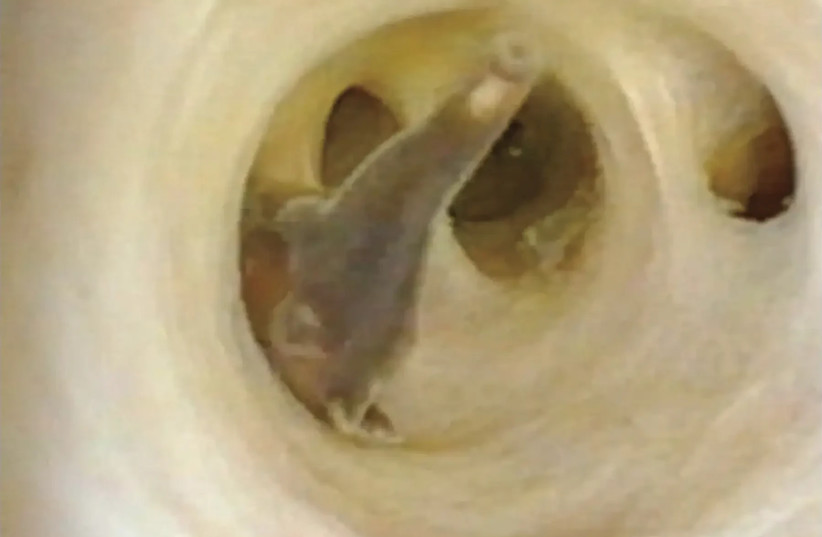The following article contains graphic images of tapeworms. Viewer discretion is advised.
A 70-year-old cancer patient was taken aback when he discovered the presence of tapeworms in his colon, posing a significant risk of infection. Images captured during his colonoscopy examination showcased the unsettling sight of five wriggling tapeworms in his intestinal tract.
The man, an enthusiast of seafood, unwittingly ingested undercooked or contaminated seafood that contained immature tapeworms. These parasites subsequently developed in his colon, presenting a serious threat to his health.
The colonoscopy, initially performed to examine his cancer diagnosis, unexpectedly exposed this additional affliction. The identified tapeworm species is Clonorchis sinensis, commonly found in East Asia. In regions where raw or undercooked seafood is consumed, such as China, this type of infection is not uncommon.
According to a report published in the New England Journal of Medicine, the live worms were detected during a routine procedure carried out by Chinese doctors. The examination also revealed the presence of a growth in the patient’s large intestine. The doctors promptly removed the tapeworms, measuring 15 to 20 mm. in length and 3 to 5 mm. in width, from the patient’s colon.

How do you get infected with tapeworms?
Infection with these tapeworms starts with the consumption of fish and shrimp that harbor the parasite in its immature stage. The tapeworm then progresses to the bile duct, gallbladder, digestive tract, or liver, where it matures into its adult form. Often, people with tapeworms remain oblivious to their presence. Although largely asymptomatic, if left untreated, these parasites can lead to a range of complications including infections, inflammation of the liver and bile ducts, gallstones, liver abscesses, and even bile duct cancer.
According to a 2005 report published in the journal Emerging Infectious Diseases, approximately 600 million people worldwide are at risk of tapeworms. The highest prevalence is observed in regions like China, Korea, and Vietnam, where these worms are endemic due to culinary practices involving the consumption of raw or undercooked fish.
In response to tapeworms, medical professionals immediately initiated treatment with praziquantel, an effective medication for parasitic infections. Additionally, the patient received chemotherapy to address the localized cancer discovered in his intestines. The combined approach aimed to eradicate the tapeworms and simultaneously tackle the underlying malignancy.
